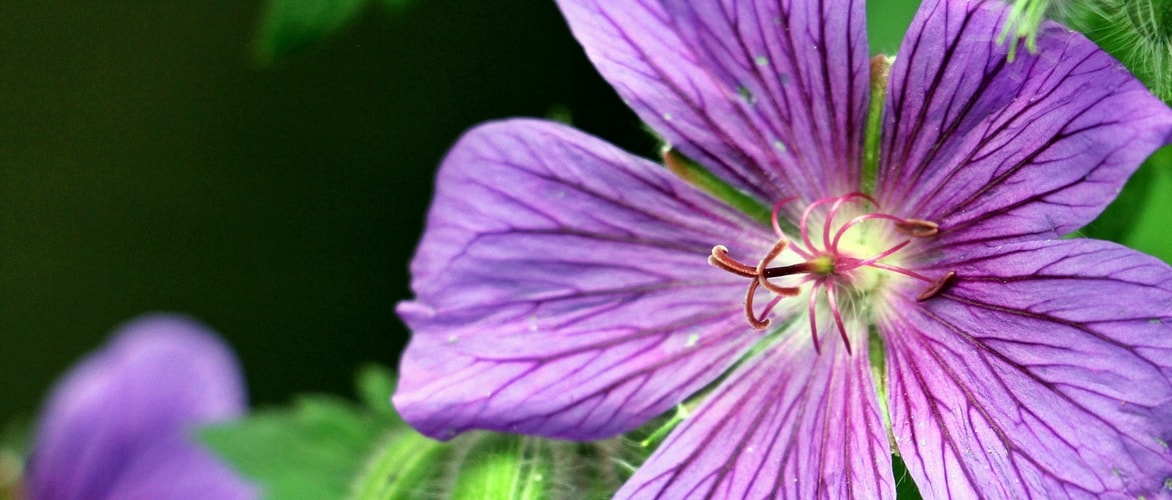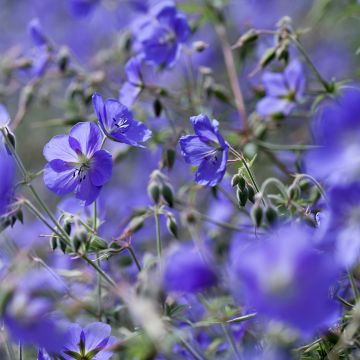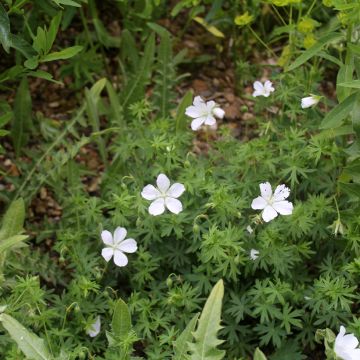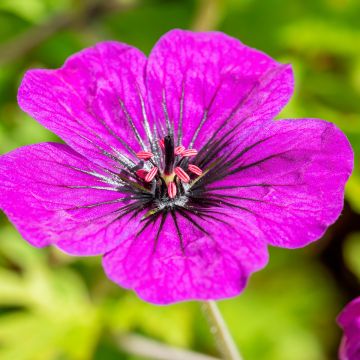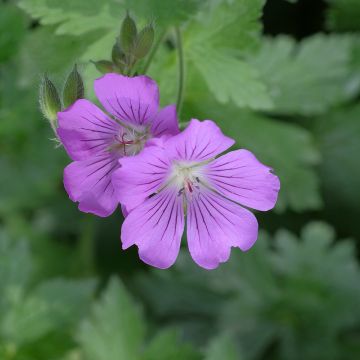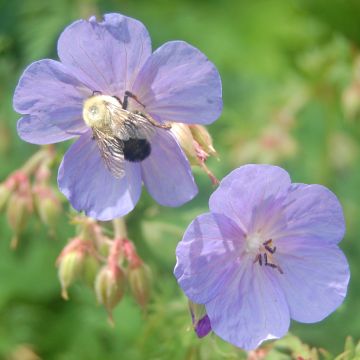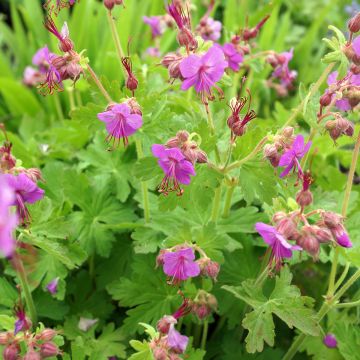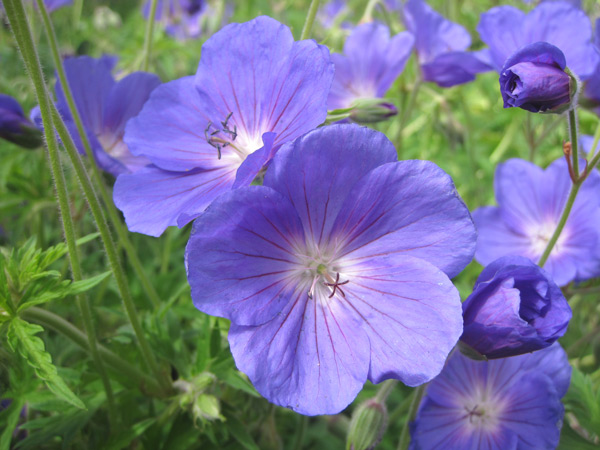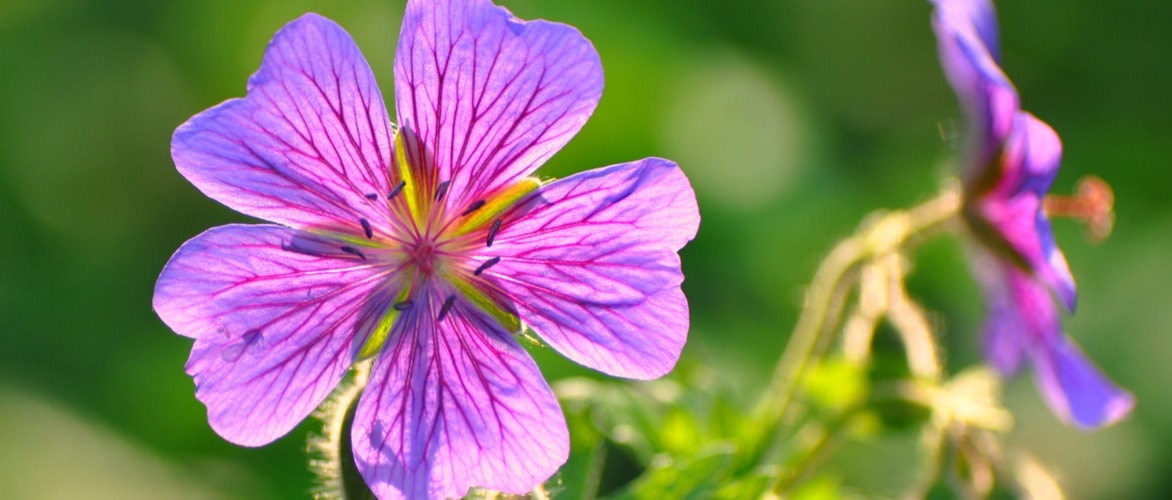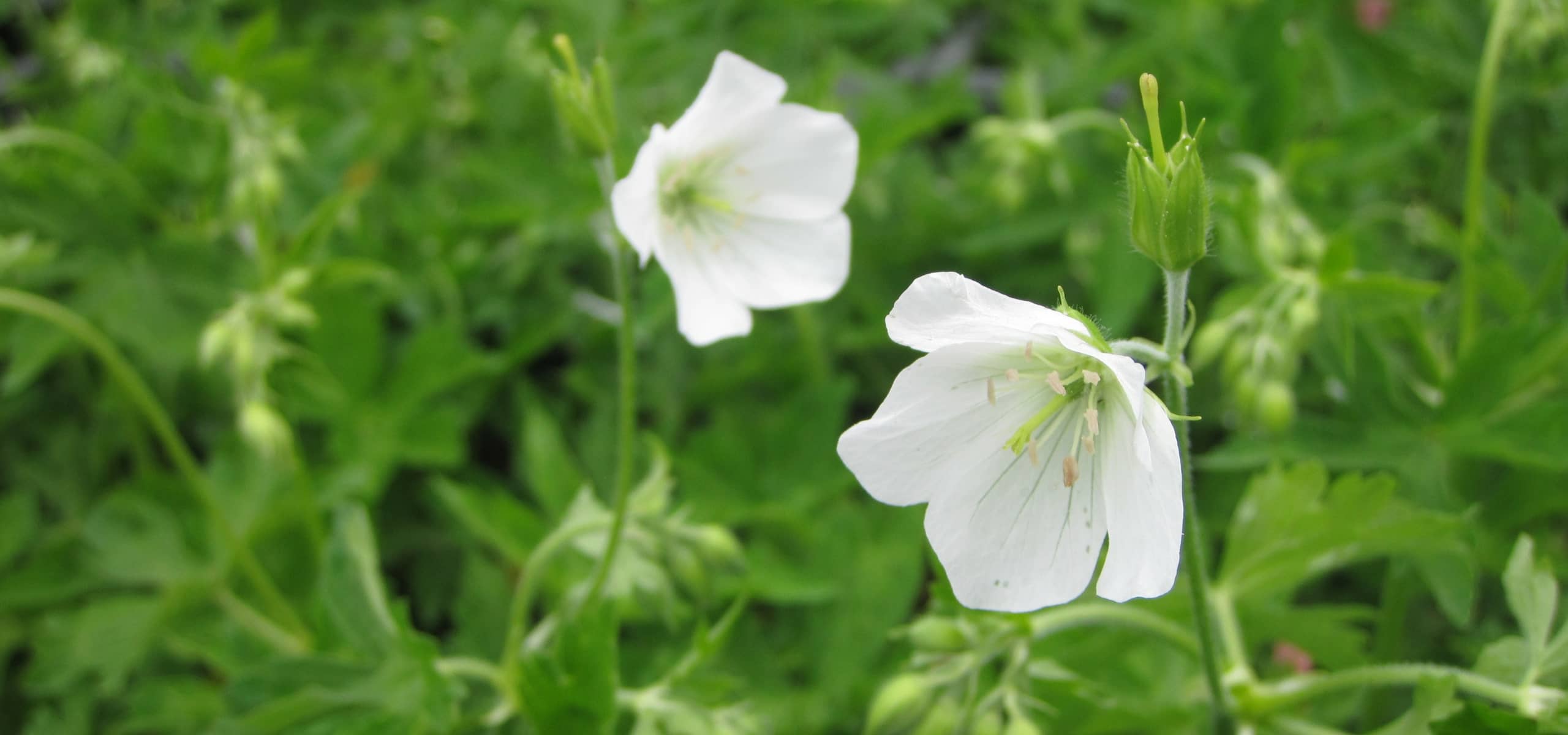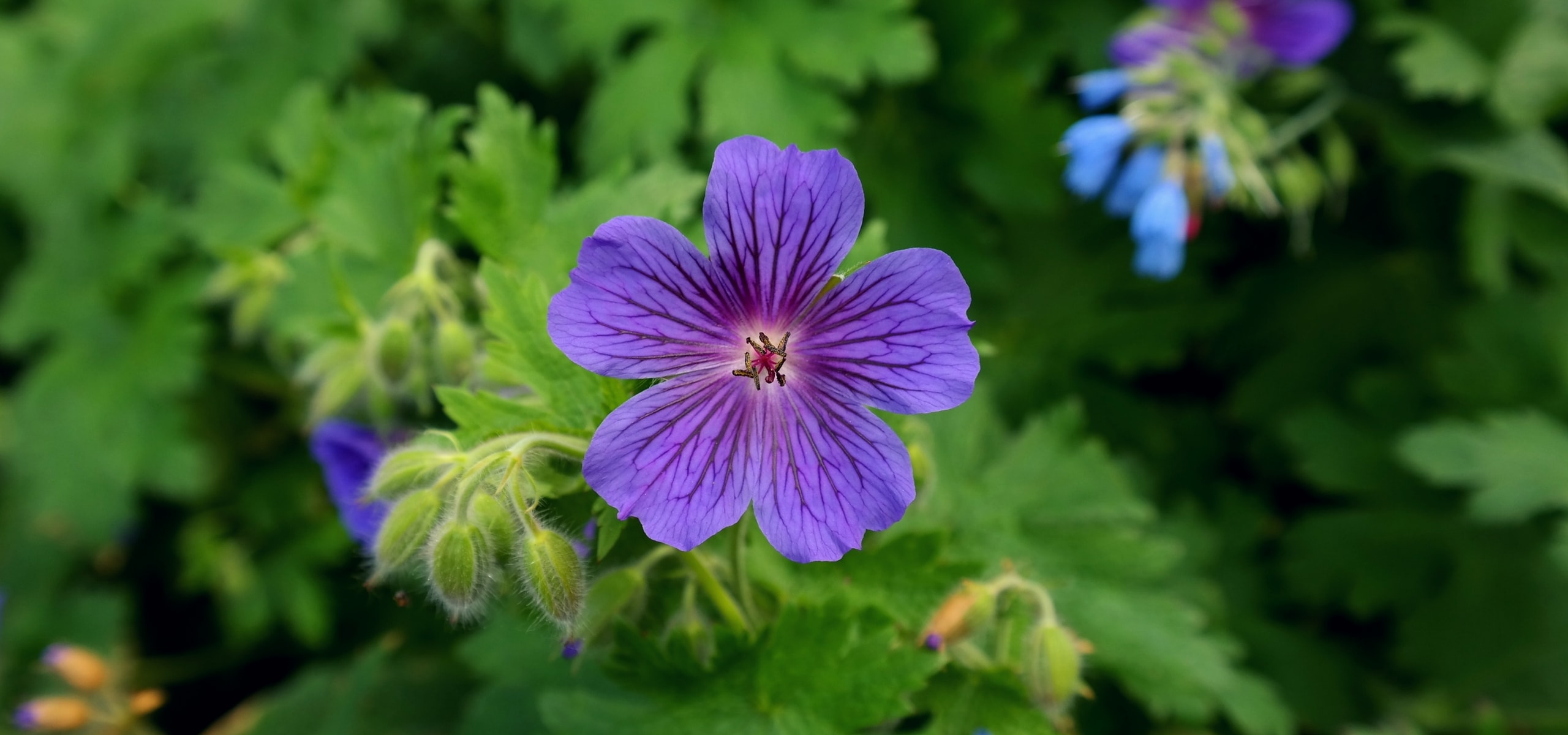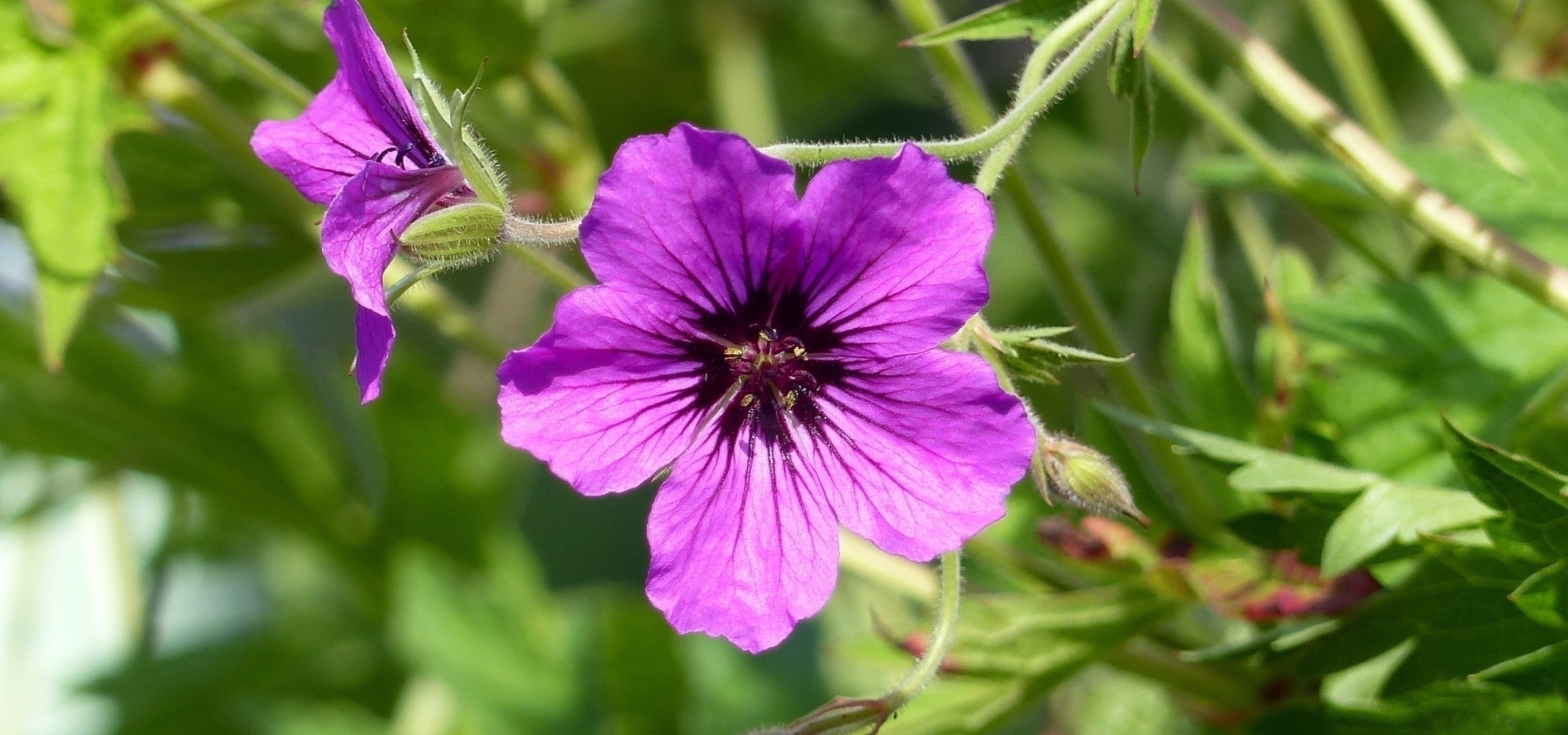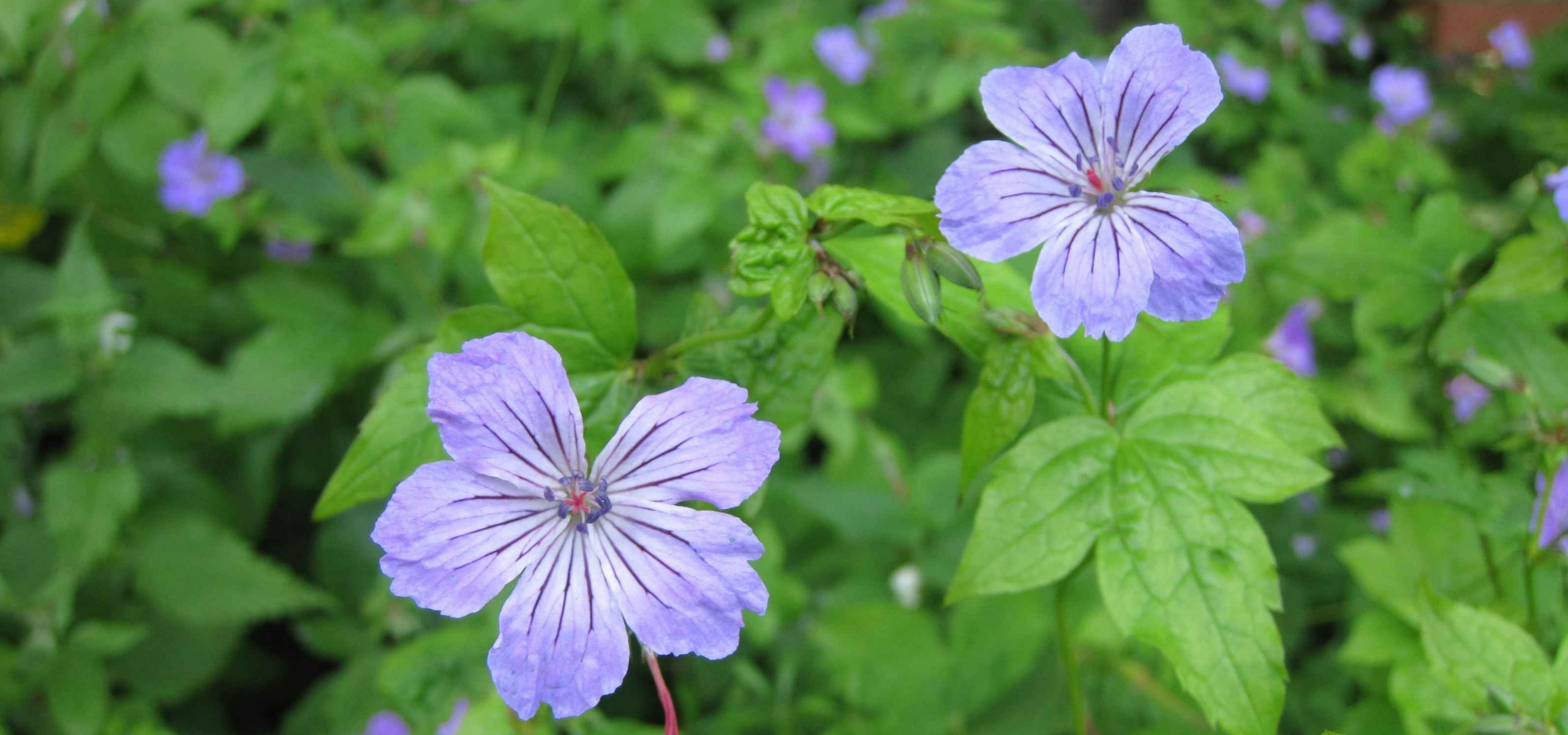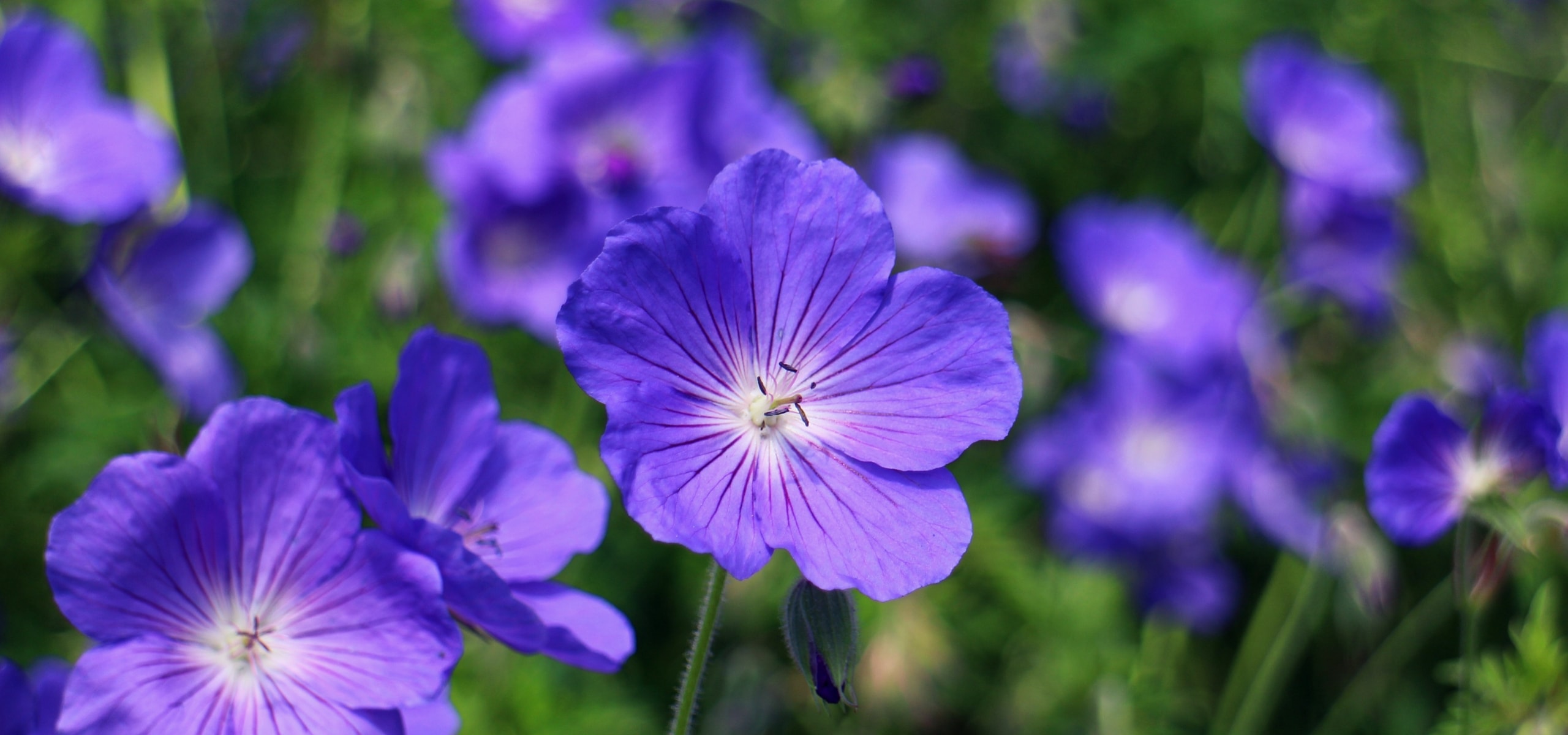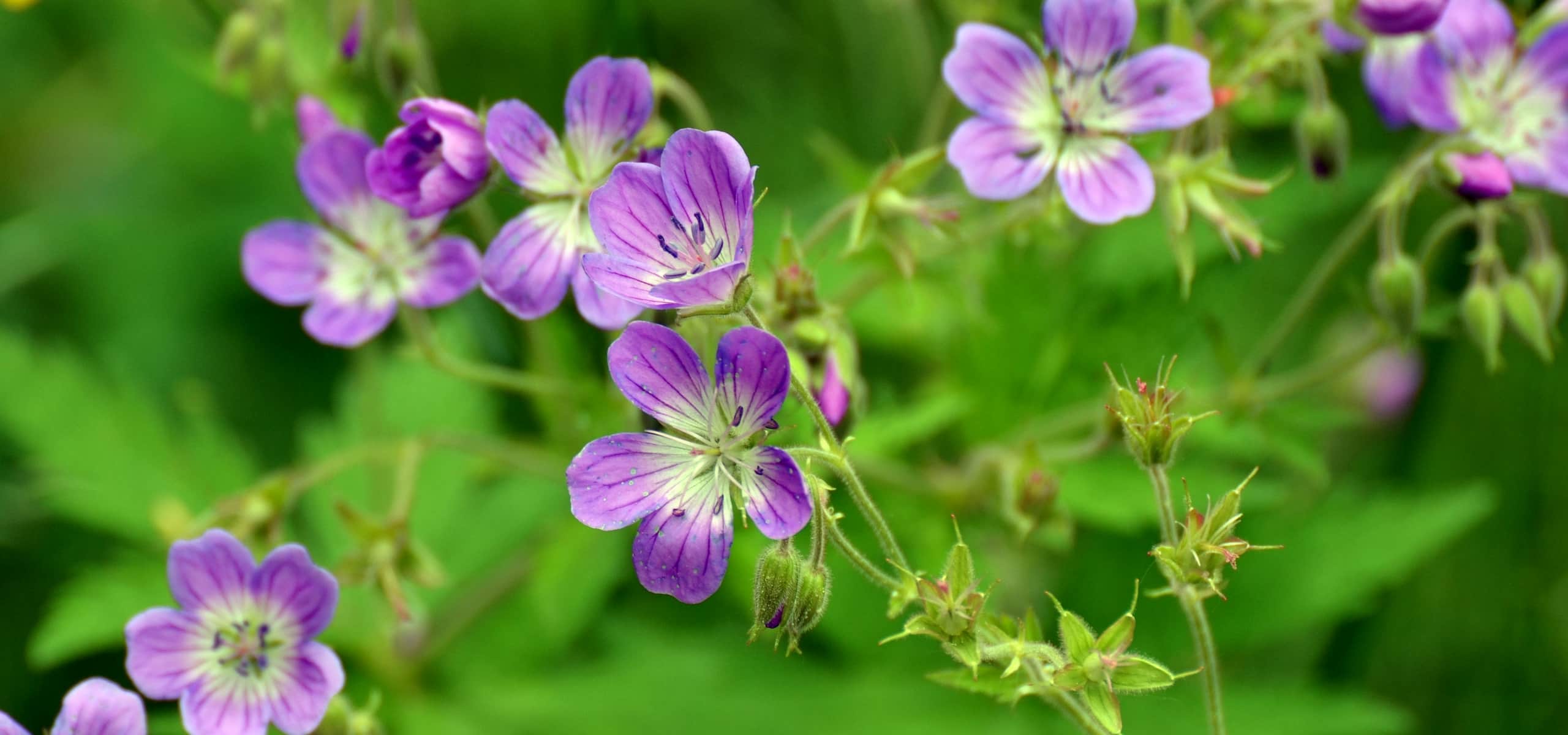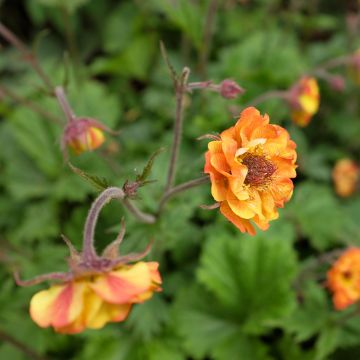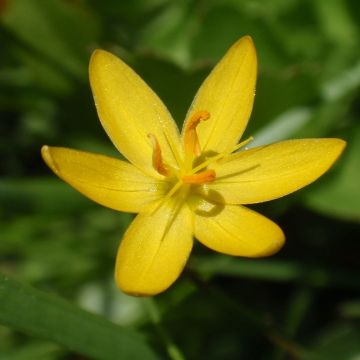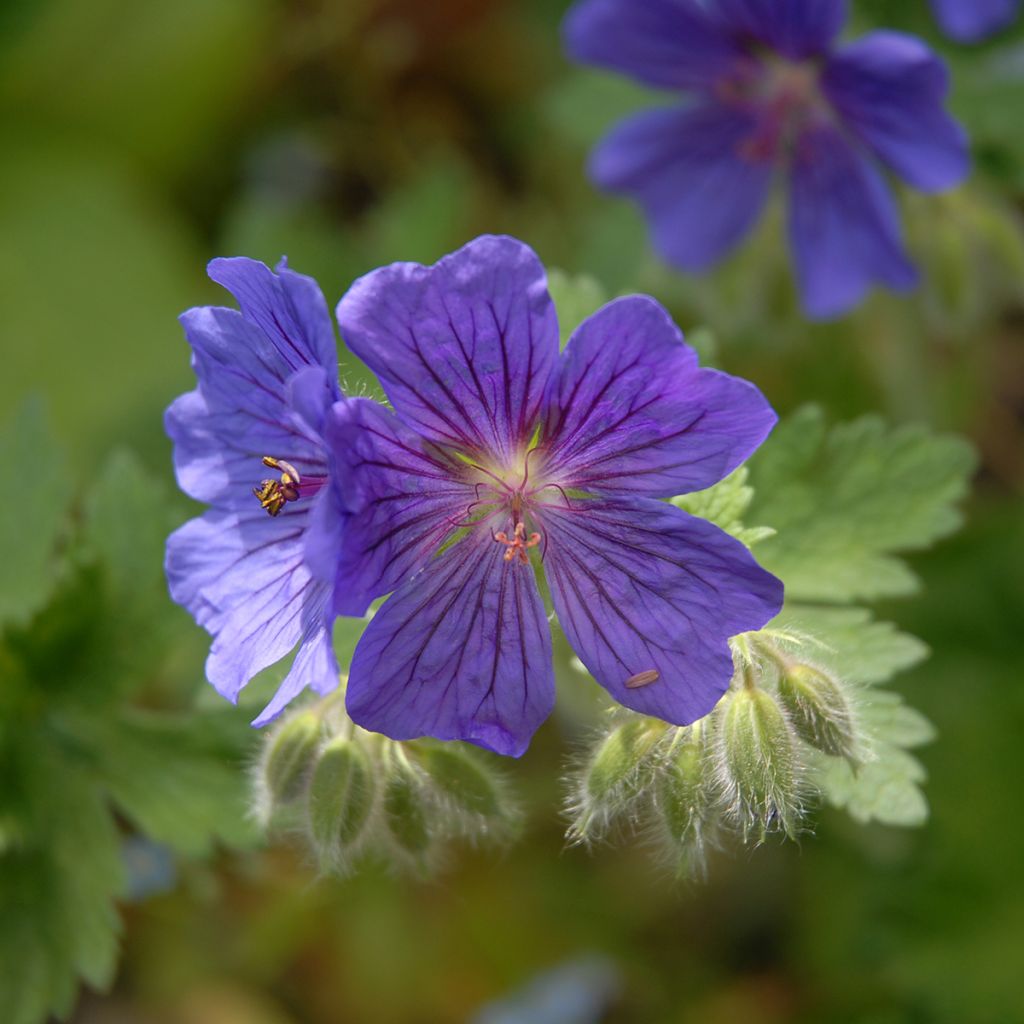

Geranium magnificum Rosemoor
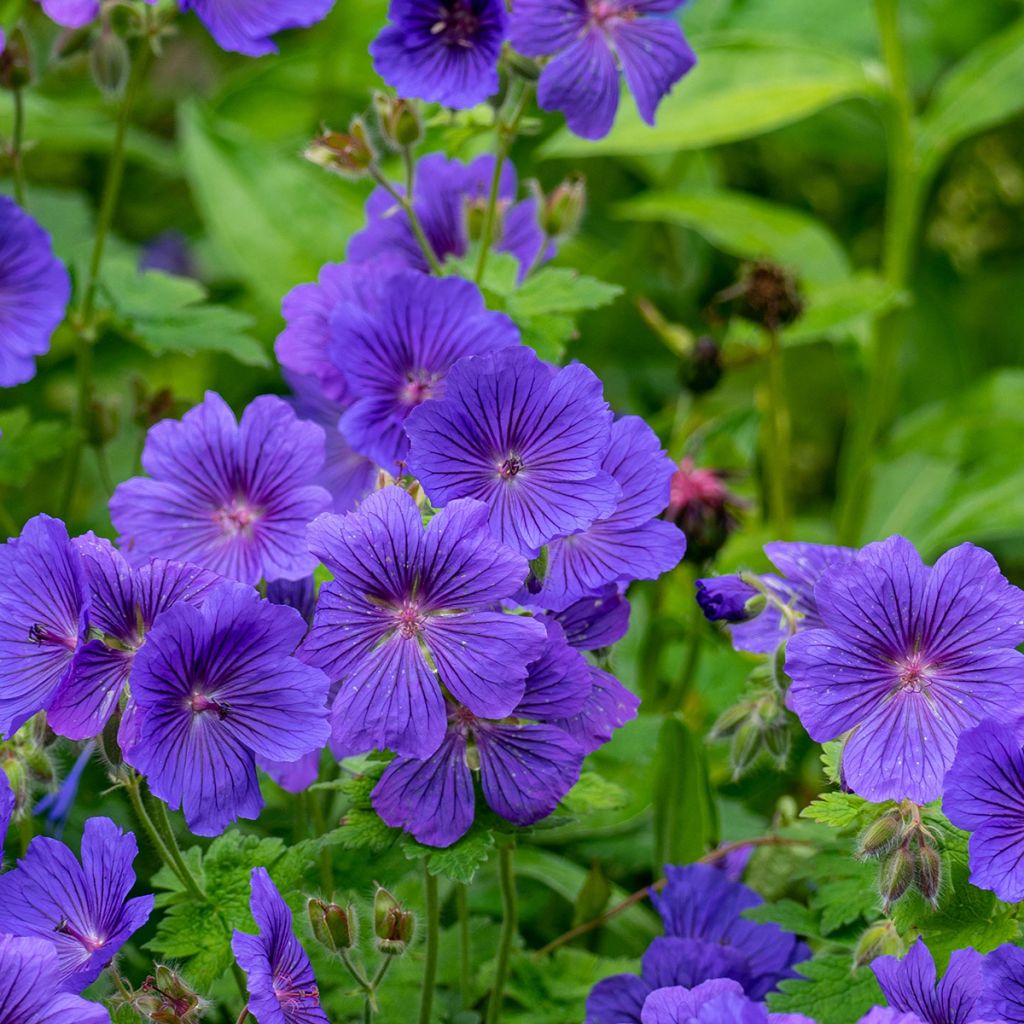

Geranium magnificum Rosemoor
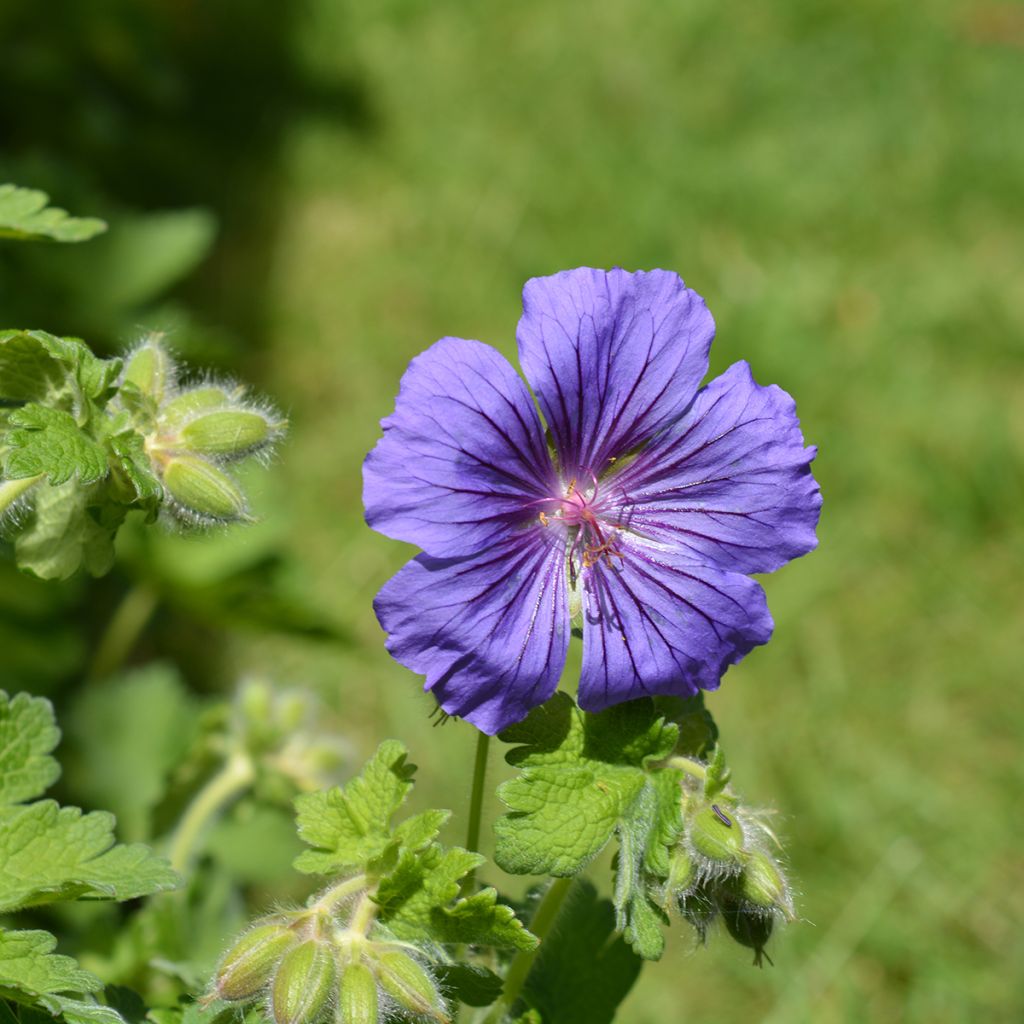

Geranium magnificum Rosemoor
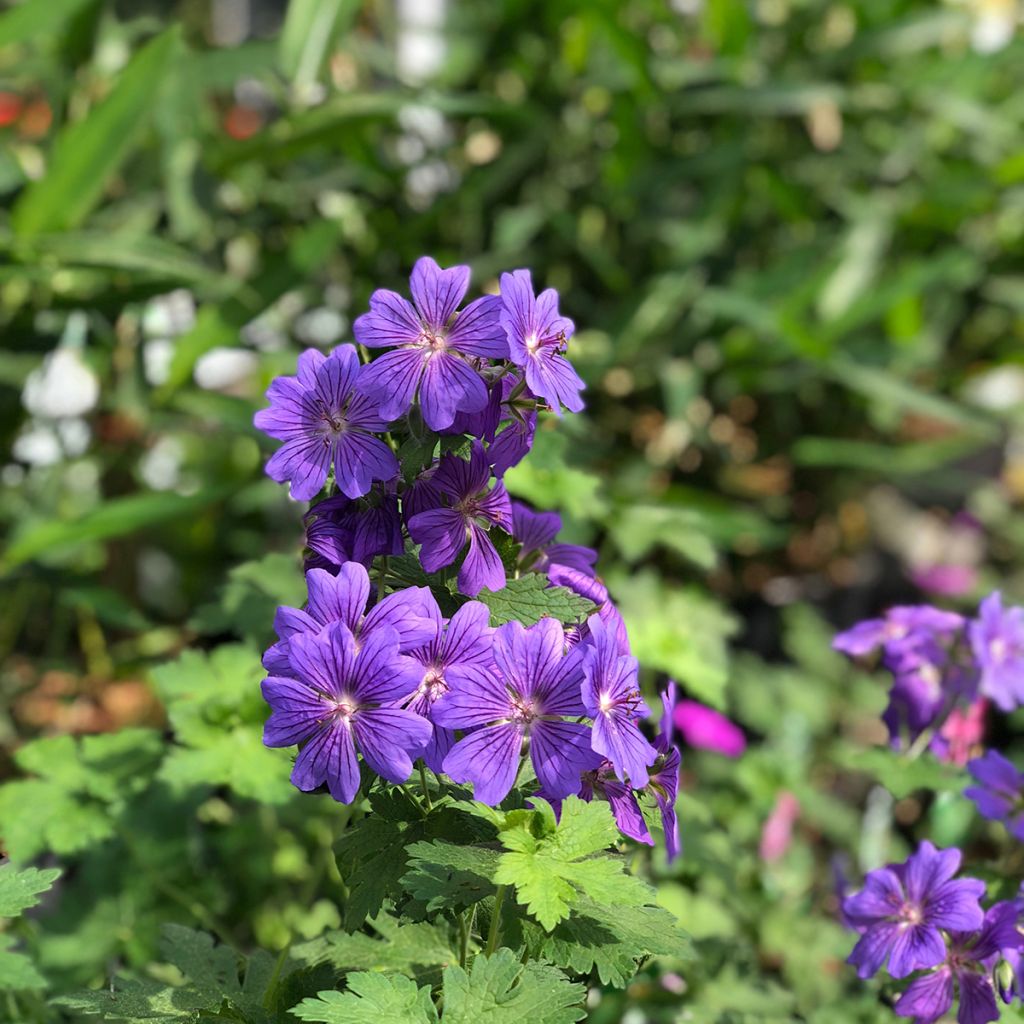

Geranium magnificum Rosemoor
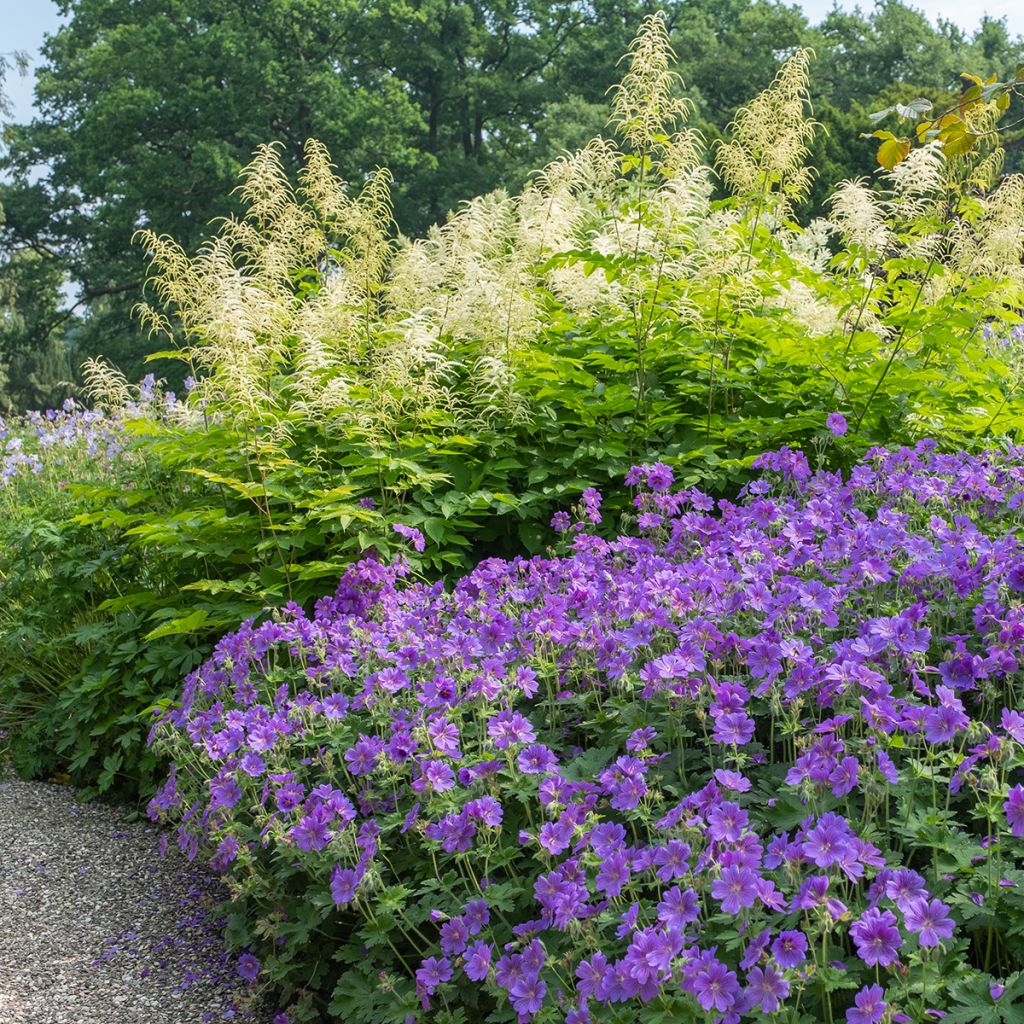

Geranium magnificum Rosemoor
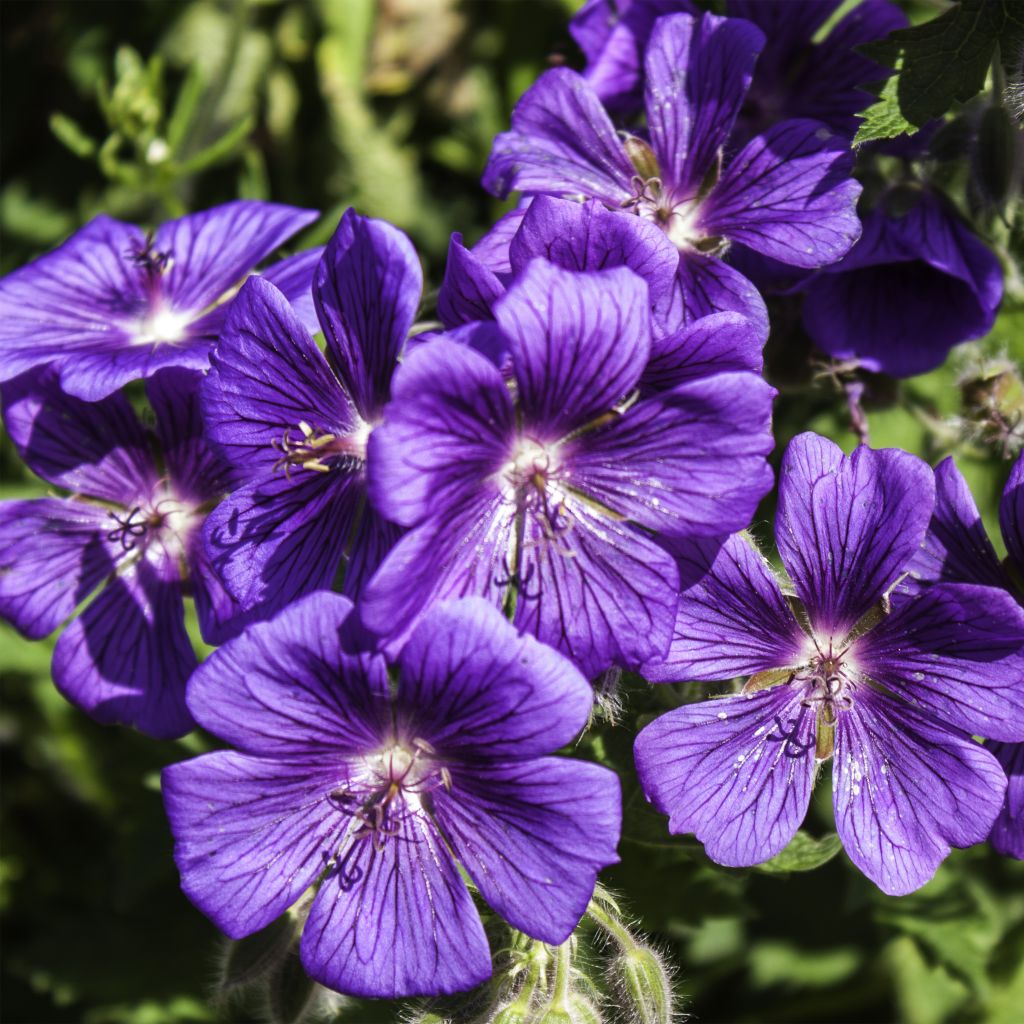

Geranium magnificum Rosemoor
Geranium magnificum Rosemoor
Geranium x magnificum Rosemoor
Magnificent Cranesbill, Hardy Geranium
Little Rosemoor geranium that seems to be thriving where I planted it.
Nath44, 23/04/2025
Special offer!
Receive a €20 voucher for any order over €90 (excluding delivery costs, credit notes, and plastic-free options)!
1- Add your favorite plants to your cart.
2- Once you have reached €90, confirm your order (you can even choose the delivery date!).
3- As soon as your order is shipped, you will receive an email containing your voucher code, valid for 3 months (90 days).
Your voucher is unique and can only be used once, for any order with a minimum value of €20, excluding delivery costs.
Can be combined with other current offers, non-divisible and non-refundable.
Home or relay delivery (depending on size and destination)
Schedule delivery date,
and select date in basket
This plant carries a 12 months recovery warranty
More information
We guarantee the quality of our plants for a full growing cycle, and will replace at our expense any plant that fails to recover under normal climatic and planting conditions.
Would this plant suit my garden?
Set up your Plantfit profile →
Description
The magnificum 'Rosemoor' perennial geranium is a robust and vigorous plant that forms a lush and regular clump and displays beautiful autumnal hues. It disappears in summer under its bright purple-veined mauve flowers. It is a sturdy and easy-to-grow plant. It gracefully withstands winter cold and occasional drought, showing little demands regarding soil type.
Geranium x magnificum 'Rosemoor' belongs to the geranium family. It is a hybrid, inheriting its large cordate and villous leaves from one parent, and its large intense blue-violet flower from the other. It stands out as a giant in the world of perennial geraniums, with its dome reaching 60 cm (24in) in height and 50 cm (20in) in diameter, and its growth is quite rapid. Flowering occurs in June-July, transforming the plant into a ball of flowers. The five-petaled cup-shaped flowers measure 4 cm (2in) in diameter, in finely purple-veined bluish violet. They are grouped in compact cymes. The foliage is deciduous, medium green, and takes on lovely colors in autumn. It is composed of broad, pubescent, lobed, and dentate leaves, overlapping each other. It is worth noting that all magnificum hybrids are sterile therefore, you will not obtain any seeds.
Geranium x magnificum 'Rosemoor' is suitable for all types of gardens, from wild to herb gardens, as well as well-maintained plant beds. It grows very well in large pots, on the terrace or balcony. It will be nicely complemented by orange flowers, such as those of daylilies, Chinese bellflower, and Alstroemeria aurantiaca.
Geranium magnificum Rosemoor in pictures
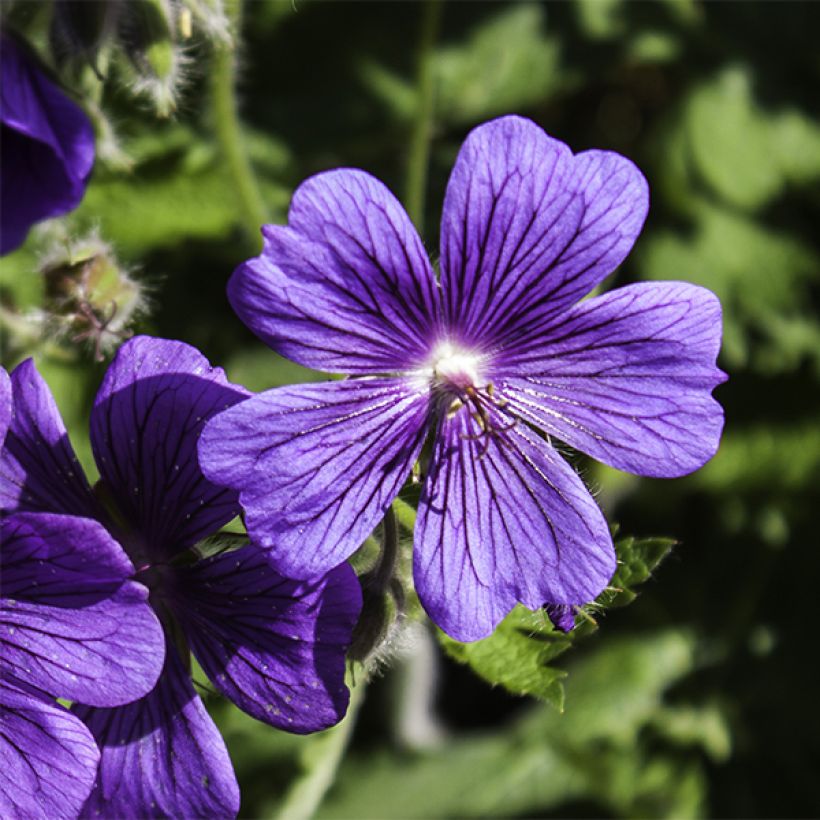

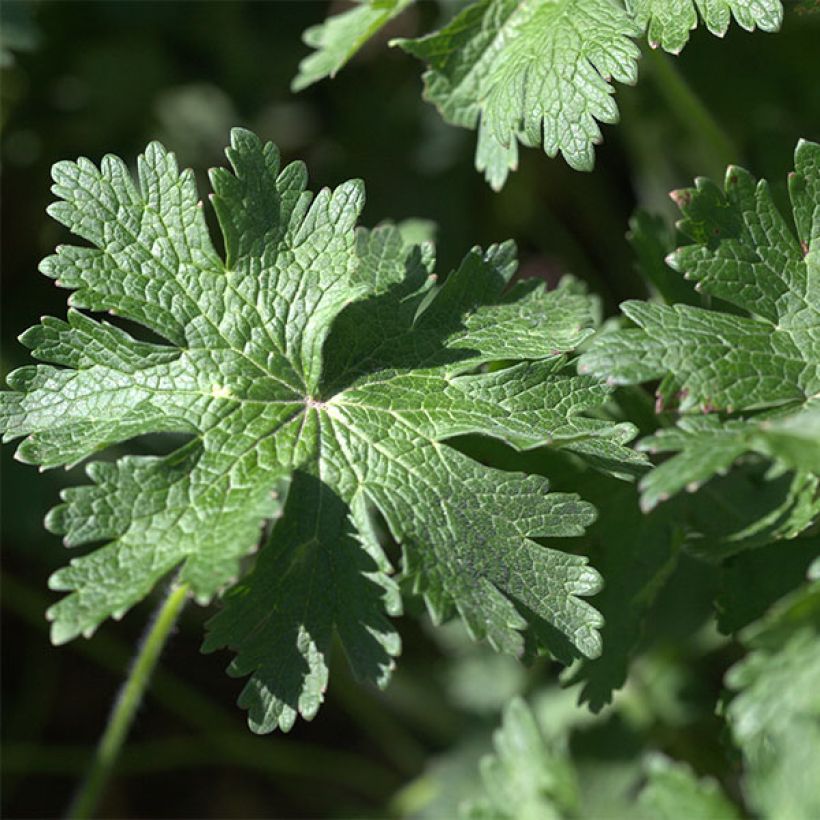



Flowering
Foliage
Plant habit
Botanical data
Geranium
x magnificum
Rosemoor
Geraniaceae
Magnificent Cranesbill, Hardy Geranium
Cultivar or hybrid
Other Hardy Geranium - Cranesbill
View all →Planting and care
The perennial geranium magificum 'Rosemoor' prefers the sun, but never scorching, it also grows in partial shade. Ideally, plant it in ordinary soil, moist, humus-rich, not too acidic, well-drained. In clay soil, it is advisable to lighten the soil with coarse sand or leaf compost. It particularly fears waterlogged soils in winter, especially during its youth. This species tolerates difficult conditions, such as occasional drought periods, which will then stop the flowering. But it will never be as beautiful as in the sun, in rich and moist soil. Plant it early in spring or in autumn. Water regularly to help the plants establish. Regularly cutting off faded flowers promotes reblooming. Dividing clumps every three years in spring rejuvenates the plant. Easy to grow, it requires little maintenance.
Planting period
Intended location
Care
Planting & care advice
-
, onOrder confirmed
Reply from on Promesse de fleurs
Similar products
Haven't found what you were looking for?
Hardiness is the lowest winter temperature a plant can endure without suffering serious damage or even dying. However, hardiness is affected by location (a sheltered area, such as a patio), protection (winter cover) and soil type (hardiness is improved by well-drained soil).

Photo Sharing Terms & Conditions
In order to encourage gardeners to interact and share their experiences, Promesse de fleurs offers various media enabling content to be uploaded onto its Site - in particular via the ‘Photo sharing’ module.
The User agrees to refrain from:
- Posting any content that is illegal, prejudicial, insulting, racist, inciteful to hatred, revisionist, contrary to public decency, that infringes on privacy or on the privacy rights of third parties, in particular the publicity rights of persons and goods, intellectual property rights, or the right to privacy.
- Submitting content on behalf of a third party;
- Impersonate the identity of a third party and/or publish any personal information about a third party;
In general, the User undertakes to refrain from any unethical behaviour.
All Content (in particular text, comments, files, images, photos, videos, creative works, etc.), which may be subject to property or intellectual property rights, image or other private rights, shall remain the property of the User, subject to the limited rights granted by the terms of the licence granted by Promesse de fleurs as stated below. Users are at liberty to publish or not to publish such Content on the Site, notably via the ‘Photo Sharing’ facility, and accept that this Content shall be made public and freely accessible, notably on the Internet.
Users further acknowledge, undertake to have ,and guarantee that they hold all necessary rights and permissions to publish such material on the Site, in particular with regard to the legislation in force pertaining to any privacy, property, intellectual property, image, or contractual rights, or rights of any other nature. By publishing such Content on the Site, Users acknowledge accepting full liability as publishers of the Content within the meaning of the law, and grant Promesse de fleurs, free of charge, an inclusive, worldwide licence for the said Content for the entire duration of its publication, including all reproduction, representation, up/downloading, displaying, performing, transmission, and storage rights.
Users also grant permission for their name to be linked to the Content and accept that this link may not always be made available.
By engaging in posting material, Users consent to their Content becoming automatically accessible on the Internet, in particular on other sites and/or blogs and/or web pages of the Promesse de fleurs site, including in particular social pages and the Promesse de fleurs catalogue.
Users may secure the removal of entrusted content free of charge by issuing a simple request via our contact form.
The flowering period indicated on our website applies to countries and regions located in USDA zone 8 (France, the United Kingdom, Ireland, the Netherlands, etc.)
It will vary according to where you live:
- In zones 9 to 10 (Italy, Spain, Greece, etc.), flowering will occur about 2 to 4 weeks earlier.
- In zones 6 to 7 (Germany, Poland, Slovenia, and lower mountainous regions), flowering will be delayed by 2 to 3 weeks.
- In zone 5 (Central Europe, Scandinavia), blooming will be delayed by 3 to 5 weeks.
In temperate climates, pruning of spring-flowering shrubs (forsythia, spireas, etc.) should be done just after flowering.
Pruning of summer-flowering shrubs (Indian Lilac, Perovskia, etc.) can be done in winter or spring.
In cold regions as well as with frost-sensitive plants, avoid pruning too early when severe frosts may still occur.
The planting period indicated on our website applies to countries and regions located in USDA zone 8 (France, United Kingdom, Ireland, Netherlands).
It will vary according to where you live:
- In Mediterranean zones (Marseille, Madrid, Milan, etc.), autumn and winter are the best planting periods.
- In continental zones (Strasbourg, Munich, Vienna, etc.), delay planting by 2 to 3 weeks in spring and bring it forward by 2 to 4 weeks in autumn.
- In mountainous regions (the Alps, Pyrenees, Carpathians, etc.), it is best to plant in late spring (May-June) or late summer (August-September).
The harvesting period indicated on our website applies to countries and regions in USDA zone 8 (France, England, Ireland, the Netherlands).
In colder areas (Scandinavia, Poland, Austria...) fruit and vegetable harvests are likely to be delayed by 3-4 weeks.
In warmer areas (Italy, Spain, Greece, etc.), harvesting will probably take place earlier, depending on weather conditions.
The sowing periods indicated on our website apply to countries and regions within USDA Zone 8 (France, UK, Ireland, Netherlands).
In colder areas (Scandinavia, Poland, Austria...), delay any outdoor sowing by 3-4 weeks, or sow under glass.
In warmer climes (Italy, Spain, Greece, etc.), bring outdoor sowing forward by a few weeks.






























